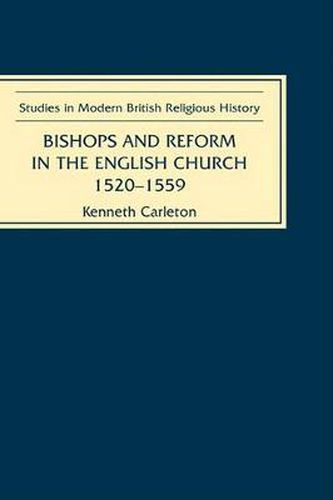Readings Newsletter
Become a Readings Member to make your shopping experience even easier.
Sign in or sign up for free!
You’re not far away from qualifying for FREE standard shipping within Australia
You’ve qualified for FREE standard shipping within Australia
The cart is loading…






The English bishops played a crucial role in the process of Reformation in the sixteenth century, from the first arrival of continental Reformed thought to the virtual extinction of the office in 1559. This work has at its core the bishops’ own understanding of the episcopate, drawn from their surviving writings and other contemporary discussions; such a study is key to understanding what became of the English Church of the middle ages and what it was to become under Elizabeth. Carleton examines the interplay between bishop and king, the episcopate in the context of other orders, and the social context of the office; he studies episcopal activity in key areas such as preaching, ordaining, and opposing heresy; and he notes the influence of the models which the bishops themselves set up as ideals, most notably Christ himself as the ideal bishop. The backgrounds of the bishops are set out in the appendix.
$9.00 standard shipping within Australia
FREE standard shipping within Australia for orders over $100.00
Express & International shipping calculated at checkout
The English bishops played a crucial role in the process of Reformation in the sixteenth century, from the first arrival of continental Reformed thought to the virtual extinction of the office in 1559. This work has at its core the bishops’ own understanding of the episcopate, drawn from their surviving writings and other contemporary discussions; such a study is key to understanding what became of the English Church of the middle ages and what it was to become under Elizabeth. Carleton examines the interplay between bishop and king, the episcopate in the context of other orders, and the social context of the office; he studies episcopal activity in key areas such as preaching, ordaining, and opposing heresy; and he notes the influence of the models which the bishops themselves set up as ideals, most notably Christ himself as the ideal bishop. The backgrounds of the bishops are set out in the appendix.